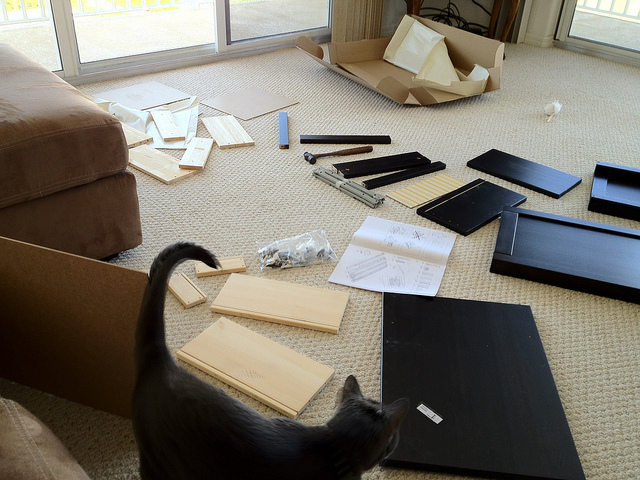
In 2011, Michael I. Norton of Harvard Business School, Daniel Mochon of Yale, and Dan Ariely of Duke found that test subjects were willing to pay 63% more for IKEA furniture that they had assembled than for identical units that came preassembled. In a separate study, they found that subjects who had finished building items were willing to pay more for their creations than subjects who had only partially completed assembly. The lesson seems to be that consumers place a disproportionately high value on products they’ve had a hand in creating.
The principle had been understood, though not named, as early as the 1950s, when homemakers initially disdained instant cake mixes, which they felt made cooking too easy and inspired no investment in the outcome. When the recipe was adjusted to require the cook to crack an egg, sales went up.
